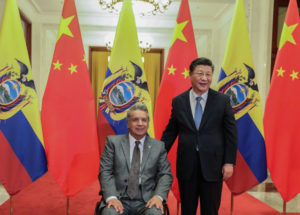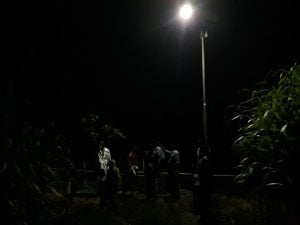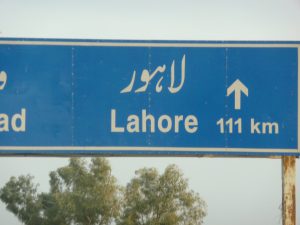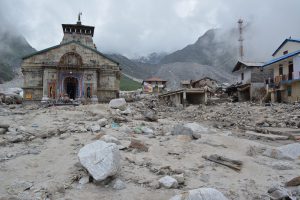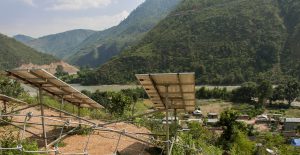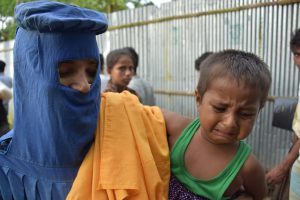As you pass Gharo on the national highway, giant whirling windmills can be seen on the hazy horizon, attempting to add more megawatts to an electricity-starved grid. But the villagers of Ishaq Jokio, a small settlement just off the highway in Sindh, are not waiting for the electricity to arrive.
The village is not far from the national grid transmission line, but Pakistan is suffering from a crushing energy gap. In the province of Sindh, some experts estimate that there is a 1000 megawatt shortfall in energy supply, with spikes in the summer. This means hours upon hours of load shedding – rolling power blackouts – which paralyses all activity.
The majority of men in Iskaq Jokhio are day labourers in the nearby industrial towns of Gharo, Dhabeji, Makli and Thatta. Some have even ventured as far as Karachi – an economic hub with greater livelihood opportunities than any other city in Pakistan. But life in Karachi is tough and migrant workers end up living in informal settlements, where piped water is a rarity, electricity constantly cuts out, and the living quarters are cramped and poorly ventilated. The essentials for life, especially food, are more expensive than in the villages.
Working in the coastal and deltaic region of Sindh, the Indus Earth Trust (IET) has been involved in programmes to improve livelihoods by promoting green energy. Having experimented with hybrid wind and solar systems closer to the coast, in Gharo, Dhabeji, Makli and Thatta further inland, the trust piloted mini-grids.
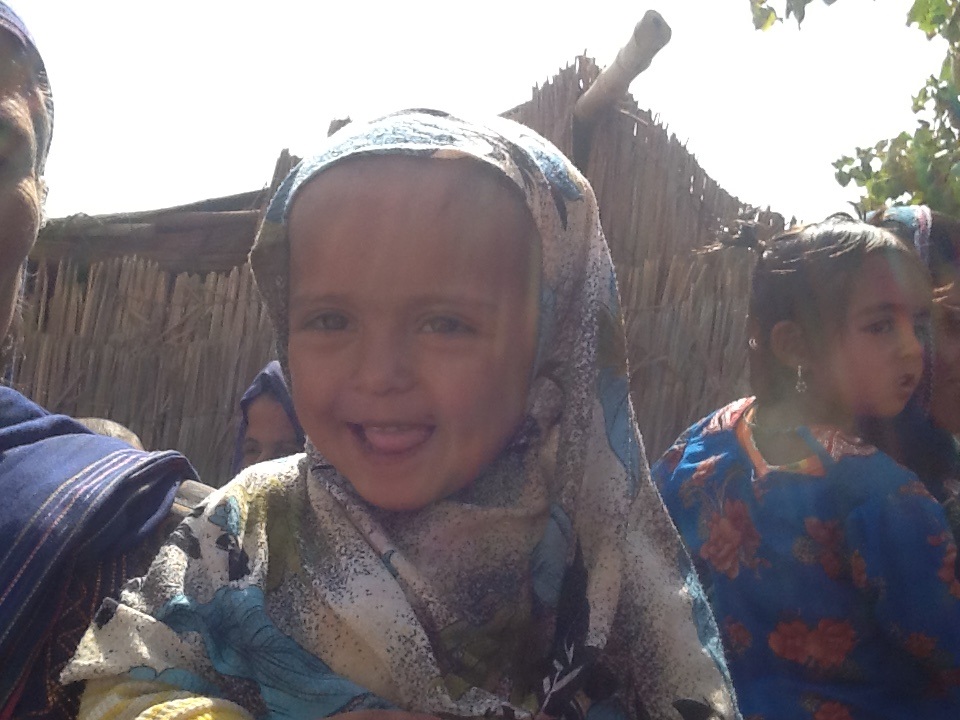
The model is simple. Villages were selected according to a needs assessment survey, while the villagers provided the land where the 19 kilowatt mini-grids were installed, as well as their labour for the civil works. There are connections for two lights in each house, and in the village centre and streets. The project is being piloted by the Pakistan Poverty Alleviation Fund through IET.
Separate meters can also be installed for those who want extra connections to run a business, and they are billed according to the units consumed. To avoid a collection system run by “outsiders”, a village committee, responsible for bill collection, was formed. One technically-savvy person was taught how to maintain the grids, to wipe off moisture and keep animals away, while any complex breakdowns are dealt with by the IET engineers.
When talk started about entrepreneurship through the mini-grid in her village, Nasreen Mohammad, who grew up in Karachi, urged her husband to apply for a connection, saying she knew how to operate a washing machine and iron clothes. Now she and her husband, Saleh, run a laundry service from home. After paying for the electricity, typically around USD 8-10 per month, they still have enough, so that Saleh does not have to sell his labour in nearby towns. Earlier, they used to spend about USD 35 on kerosene and candles.
Life has also improved for Mohammad Ramzan, who would catch a few crabs from the creek near the village and sell them on the main highway for around USD 3 a day. Now, the mini grid has allowed him to run a motor to oxygenate his catch in a tank, improving the health of the crabs so they fetch a higher price. He now has a small business, with four employees whom he pays USD 100 per month. They wash the catch, grade it and sell it – making a profit of about USD 250 per month.
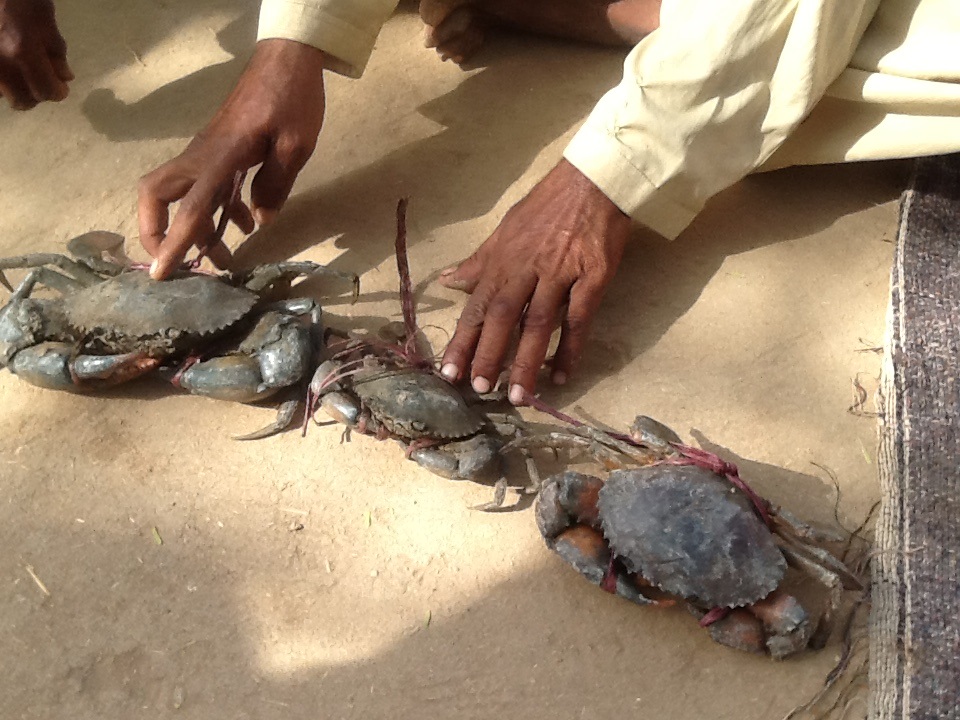
The Just Light is Not Enough project was conceived with all these benefits in mind. “Human beings need electric power to be able to see in the dark, but they also need more energy to improve their lives by enabling their own work to flourish,” Shahid Sayeed Khan, the CEO of Indus Earth, told thethirdpole.net. “We have encouraged enterprises to be formed. Businesses such as a tailoring shop, a cold drinks and milk stall, a restaurant with a TV, a bicycle repair shop, and a crab processing plant were all established in the villages. Women have opened their own tailoring shops to sell clothes to the community. It is working. People are improving their lives by their own efforts.”
Slowly but surely, life in these villages is changing for the better. The biggest indication is that new houses are being built by the very people who would earlier have left in search of a better life in Karachi. When asked what made them move back, their first answer is the uninterrupted supply of electricity – a sure sign of “reverse migration” that may take the pressure off urban centres bursting at the seams.
![<p>Ishak Jokhio village in Pakistan’s Sindh province is achieving prosperity through solar power [image by: Afia Salam]</p>](https://dialogue.earth/content/uploads/2017/10/Gharo.jpg)
